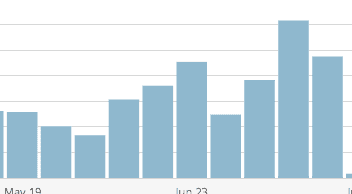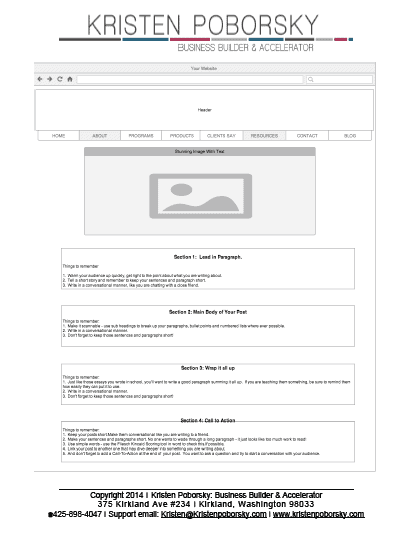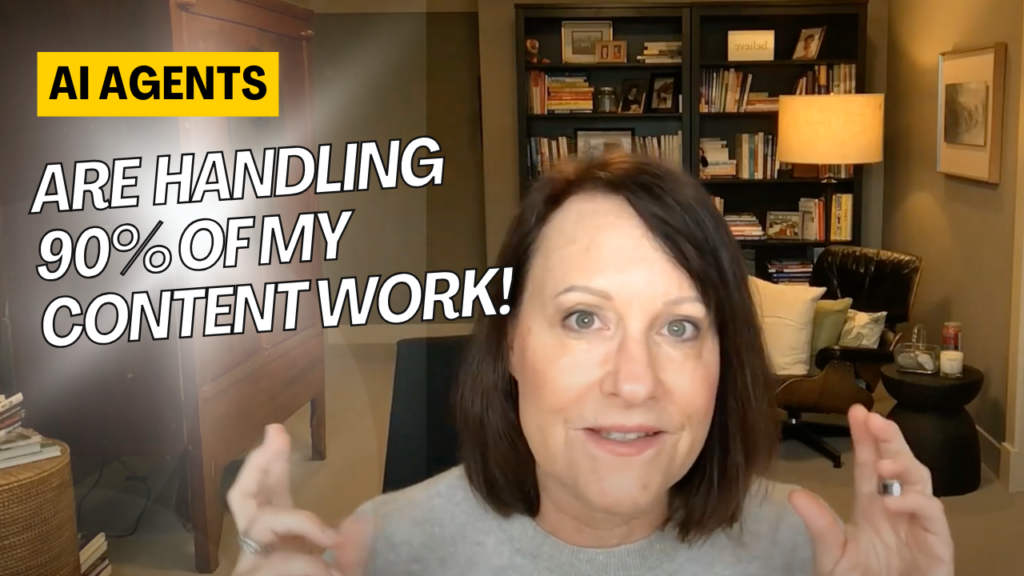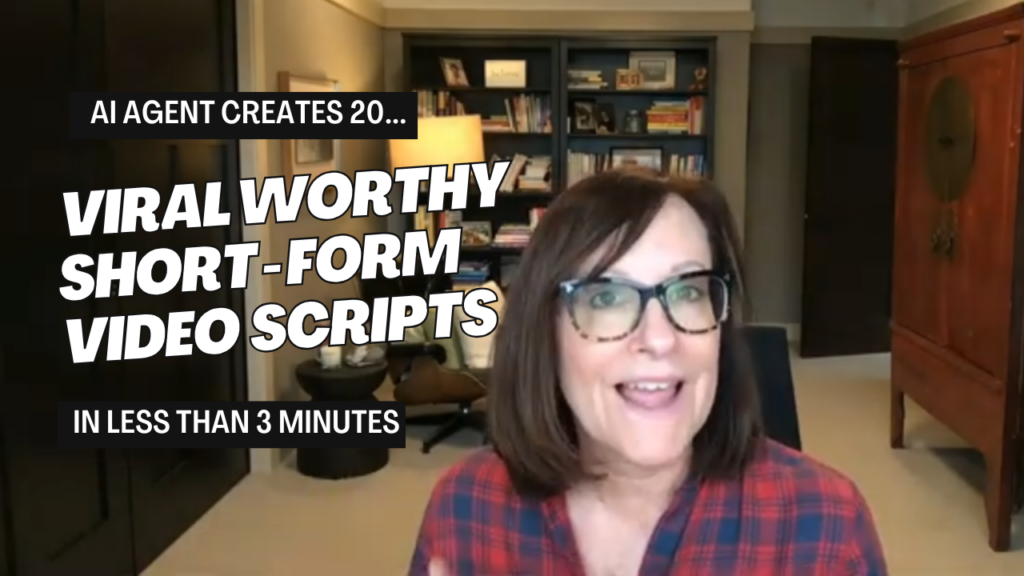What do you do when you sit down to write? Do you have a strategy or a template you follow?
I have a great system that I use I help my clients (and myself) figure out what content to write. I’ve been doing that since the beginning of this year and it has worked out very well. One of my clients traffic has increaseed from about 200 hits per week to over 600 since we started this plan
Here is a screen shot of how his weekly website hits tripled over 90 day period

It’s possbile to double or even triple your website traffic like my client did with hot topic research and metrics tracking.
This is well and good for him and it has resulted in helping to build his practice and allowed him to raise his fees to $200 an hour.
I’m excited for him and being a open minded thinker I am always looking for ways to improve upon those succeses. I’ve asked myself what can I do better? I’m providing the same service for a number of my clients and I’m still getting less than stellar content back from them. Don’t get me wrong the copy isn’t horrible, but it can be improved upon with a few tweaks here and there. So I’ve decided what is needed for my clients is to provide them with the same template I use to write my own blog posts. Since I’ve been using this template combined my results.
Here’s my template for a great blog post:
1. An Attention Getting Title.
This is the first, and many times the only opportunity you have to grab your reader’s attention. Without a great headline that is, the rest of article may as well not have been written.
Haven’t you been annoyed when you saw a great headline only to be disappointed when you started reading the rest of the article because it did not deliver what the headline said?
In addition to grabbing their attention you headline must communicate your message to your audience and be relevant to the rest of your copy.
2. Attention Grabbing Photo with Copy
Not only does your title need to grab the attention of your audience, your photo must do the same. Gone are the days when it was okay to insert a thumbnail at the top left of your blog posts. With the importance of social media, those thumbnails have morphed into centerd large scale photos with copy on them.
Here’s a two examples of what I consider to be great blog photos:
Photo from http://www.smartpassiveincome.com/blog/

photo from: http://doncrowther.com/marketing/13-ways-to-rock-your-webinars-and-hangouts
Here’s why these graphics work:
1. They are centered at the very top of the blog post so they will show up immediately when someone shares your post
2. They communicate both visually and with words. This is important when sharing on social media as this grabs attention more so than words do.
3. They stand out visually – its super important to stand out visually and with your words in the sea of other people on social media!
Start paying attention to what grabs your eye next time you are on social media.
3. Your Lead in Paragraph.
Keep it short and to the point, if you wait to long to introduce your topic you will lose your reader. I like to share something personal, tell a story at the beginning of my posts. Doing this gives a way for people to connect with me on a deeper level.
4. The main body of your post.
Make the main body easy to scan. Use subtitles and bullet points where ever possible. That way people can first scan your article and then come back and focus quickly on content that is relevant to what they are searhing for. And don’t forget to use the Fleish Kincade scoring tool in wordpress. If you don’t knwo what this is, it is a handy tool to help you make sure your content is readable at a 7 grade level. You’ll want to make sure you do this so that your content will be more readable to a wider audience.
5. Wrap it all up.
Pull it all together with a closing paragraph, just like you learned how to do in school. Tie it all up neatly and repeat any key points you want your reader to remember.
Here are a few more things you’ll want to do when writing your blog posts:
- Keep your posts short.
- Make them conversational like you are writing to a friend.
- Make your sentences and paragraphs short. No one wants to wade through a long paragraph – it just looks like too much work to read!
- Use simple words – use the Fliesch Kincaid Scoring tool in word to check this.
- If possible, link your post to another one that may dive deeper into something you are writing about.
- And don’t forget to add a Call-To-Action at the end of your post. You want to ask a question and try to start a conversation with your audience.
Go ahead and use this simple blog post template. Doing so will help you to write faster and better blog posts.
Just click on the image below to download
Question: What does your blog post template look like? Let me know!




